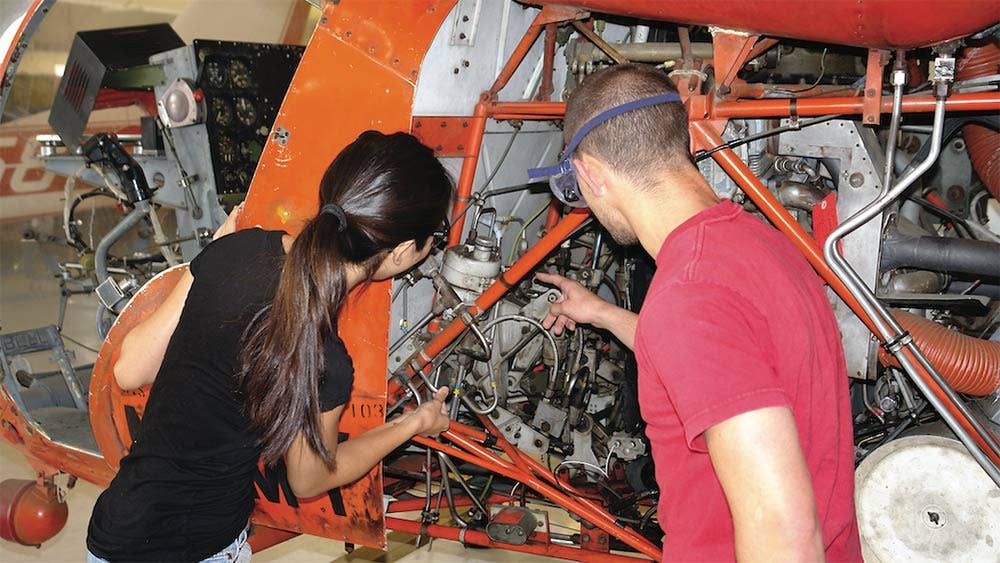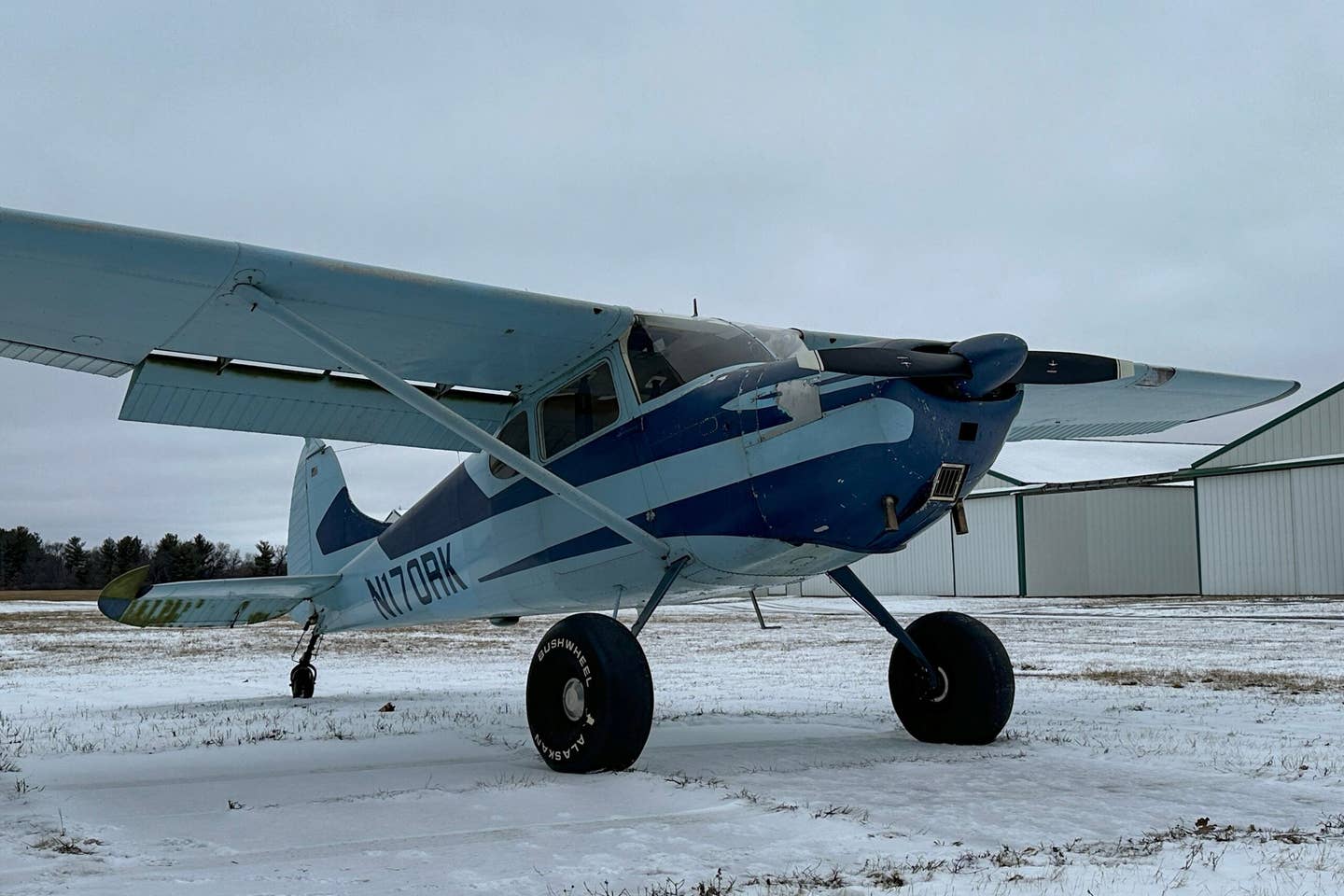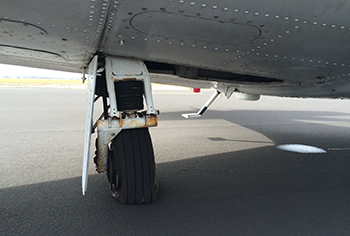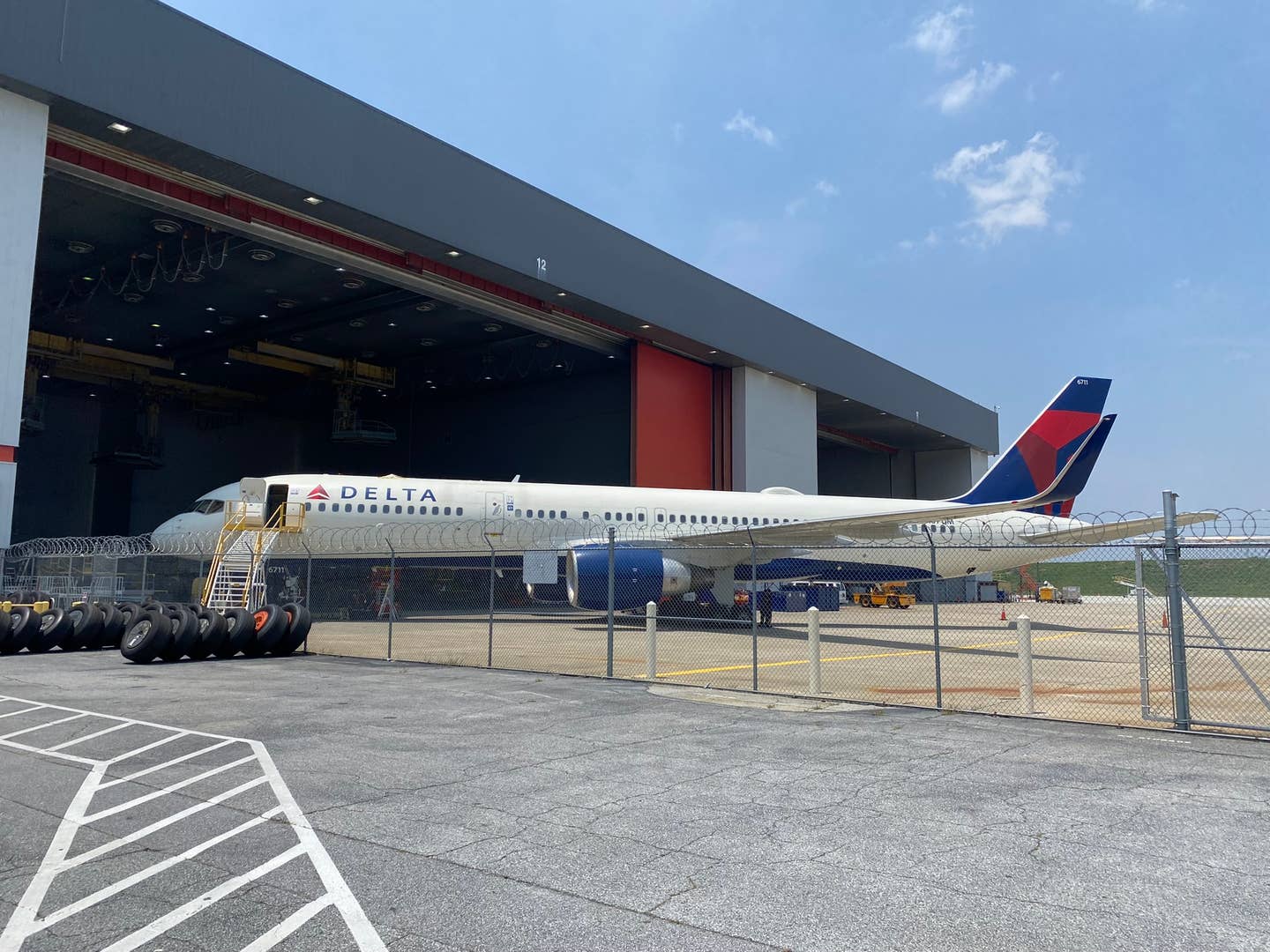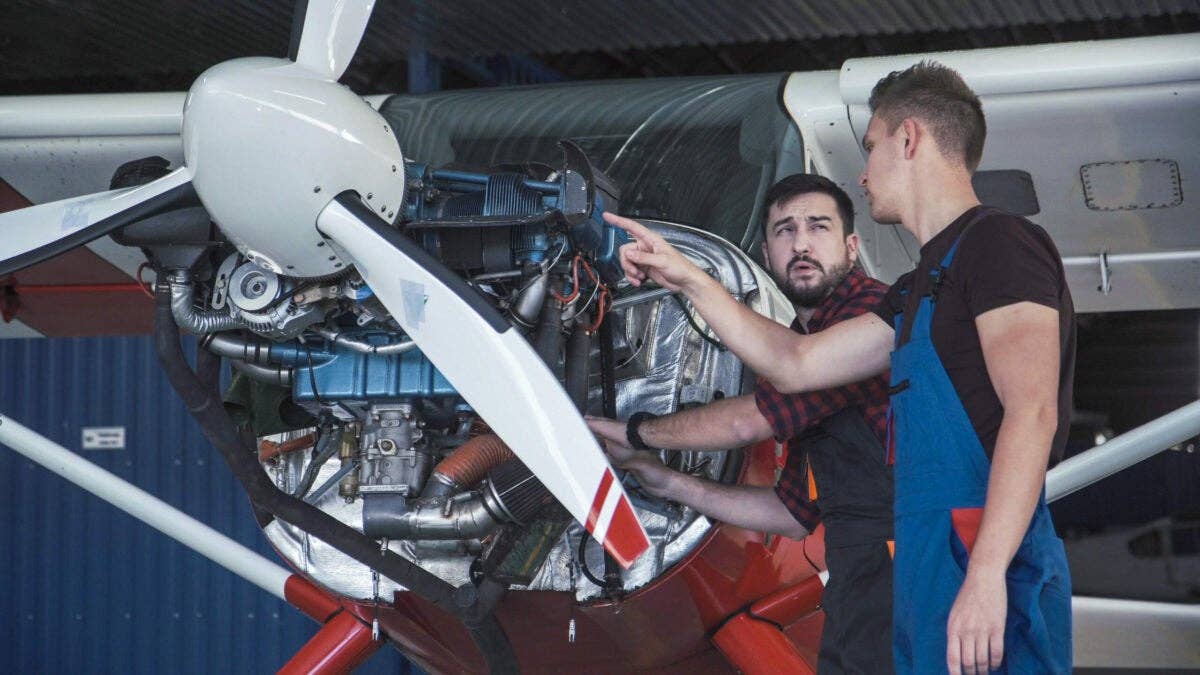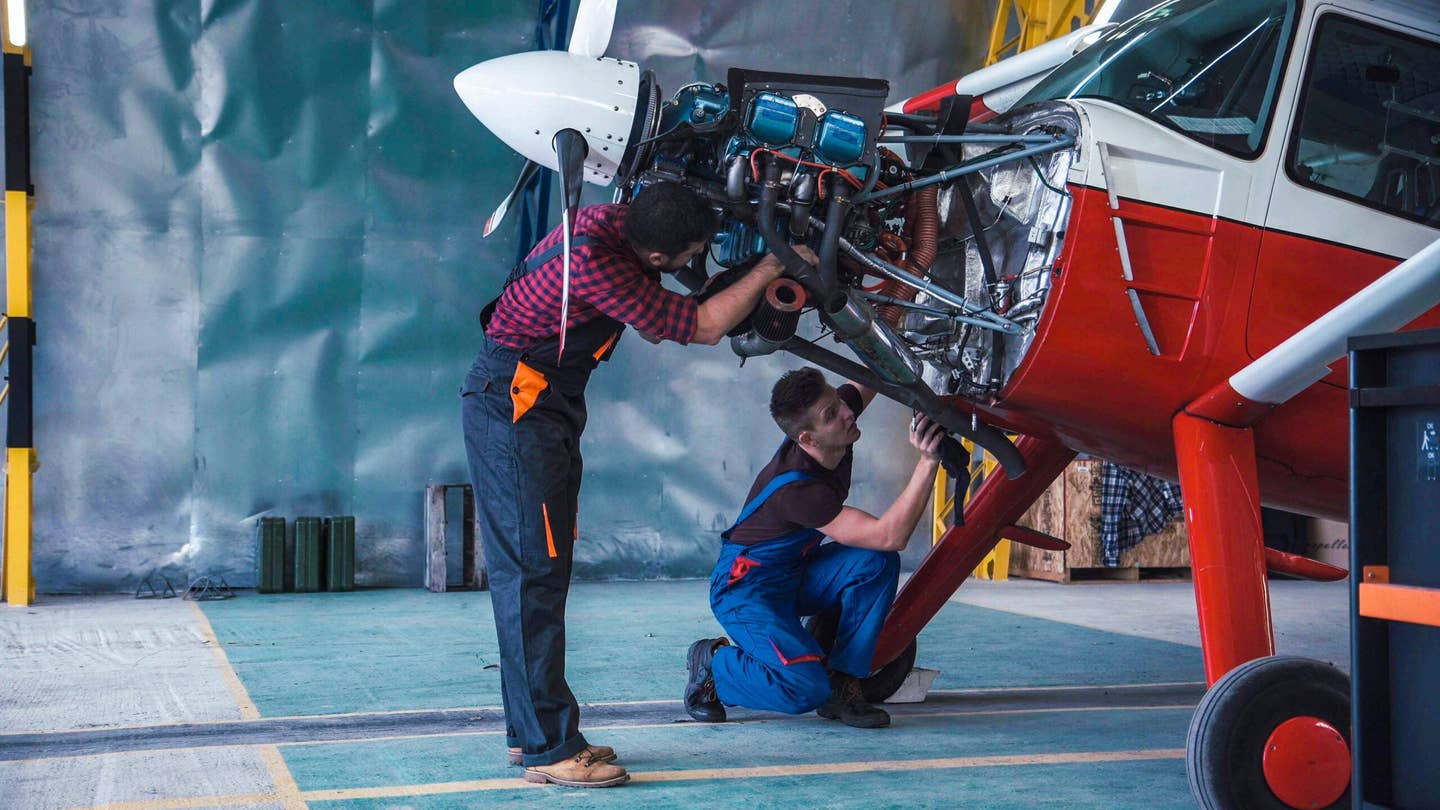The Evolution of the Illustrated Parts Catalog
The IPC is essential in maintaining your airplane, and everyone has used one, whether you know it or not.
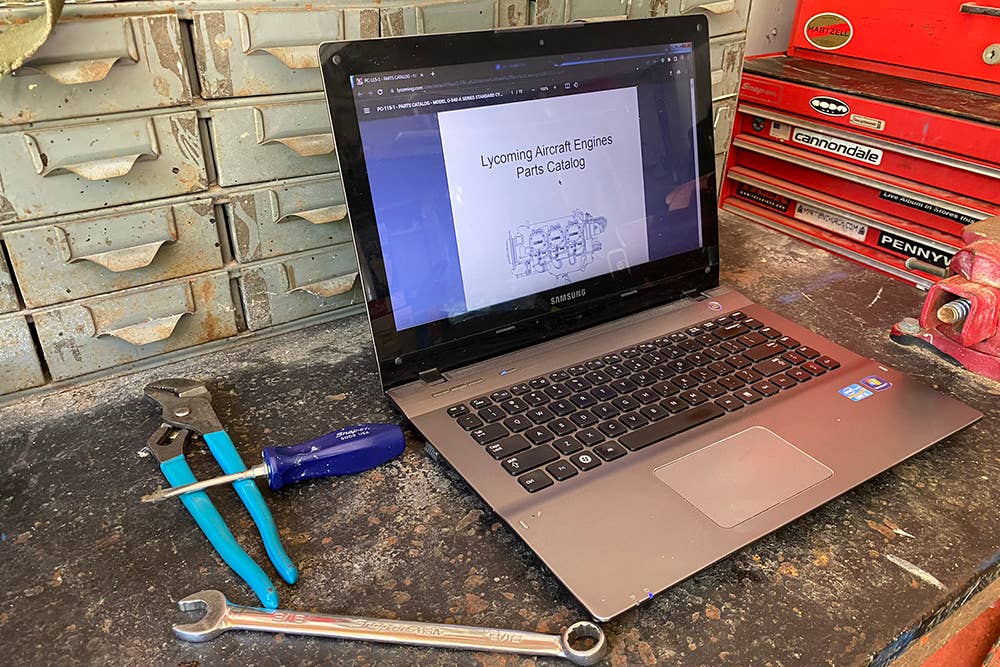
The days of carrying stacks of printed IPCs around are over. [Photo: Richard Scarbrough]
My brother and I peer out of the window, our gaze affixed intently on the empty street. We jockey for position, eager to be the first to spot it. The word came down from the highest ranks. This event could happen any day now. Conditions were right, the moon and stars aligned, and the calendar displayed late fall/early winter. The time was drawing nigh.
The arrival of the annual Sears Wishbook marked the beginning of the holiday season. In the mid-19th century, catalogs became central to the remote shopping experience, a vessel to far-off lands, containing everything from Daisy Red Ryder BB Guns to dress patterns and everything in between.
Catalogs still exist today, and although some arrive in print (L.L. Bean, Uline), others moved online and even have this ridiculous page-flipping noise when you peruse them. Aviation has a fair share of catalogs, such as the famous Aircraft Spruce & Specialty catalog, or the formerly Aviall, now Boeing, catalog. These are commercial catalogs, and in the coming weeks, I will write a piece just for them.
Today, however, we will talk about a different type of catalog, the illustrated parts catalog (IPC). The IPC is a crucial resource in our technical publication (TechPub) library and is essential in maintaining your airplane. Commercial parts catalogs help you procure the parts needed, and the IPC shows you the correct part number to search.
The Legacy of IPCs
The IPC has been around since before airplanes took to the skies. The Wright Brothers maintained a list of the parts needed to build the world's first airplane, the Wright Flyer, even providing mechanic Charlie Taylor a rough list of requirements for the first aircraft powerplant.
From those humble beginnings of the airplane, the subsequent TechPubs evolved into the OEM issuing printed material and lining the bookshelves of maintainers across the globe. Big, bulky, and cumbersome, one had to maintain a copy of each aircraft IPC for every component, make, model, and modification serviced. IPC books populated the maintenance libraries, and folks stayed current by receiving revisions for each through the mail.
Recognizing the overwhelming logistics needed to support an operation maintaining several aircraft makes and models, the medium to deliver the IPC evolved to microfiche. This format was easier to store, took up far less room, and was even portable. A microfiche reader stationed in the maintenance office or TechPubs library would accept the microfilm cards and display the content onto the screen.
Some could print on thermal paper for use on the line or in the hangar. Fun fact: Once fuel, engine oil, or hydraulic fluid comes in contact with the thermal paper, all content will vanish immediately. This feature comes in handy if you are ever captured and do not want to reveal the part number of the #1 ignition lead.
Current IPCs
The IPC should be familiar to anyone, and one encounters them daily during life's routine. Did your GE Profile refrigerator water filter clog? A quick trip to the internet, and you now have the part number needed. One such filter is part number GSWF. See how easy that was? Point to any appliance in your kitchen with a cord hanging out the back end, and, you guessed it, there is an IPC for it. Even LEGO bricks have an IPC for their build kits.
Continental Aerospace Technologies has a portal for their IPCs, and that is your first stop when creating your bill of material (BOM). Once you identify the correct parts required, log onto Parts Distributor Boeing (formerly Aviall) to learn the cost and stock availability.
Once we learn about parts manufacturer approval (PMA) parts, you will need to access their technical data to supplement the OEM manuals used. Superior Air Parts in Texas is a reciprocating-engine PMA brand and, as such, maintains its own TechPubs, which is needed when ordering their PMA parts.
“Did your GE Profile refrigerator water filter clog? A quick trip to the internet, and you now have the part number needed.”
Let's take a look at the Cessna Aircraft Company 208 Series Caravan I Illustrated Parts Catalog and walk through some key points. The powerplant for this aircraft, the Pratt & Whitney PT6A-114A, will have its own IPC. Cracking into the pub, we can glean a plethora of highly useful intel. Click the hyperlink and follow along with me.
Did you happen to notice a code identifies the sections? For example, Section: 32.20.01 identifies the nose gear shimmy dampener assembly. Remember what ATA 32 is? Spend some time on page 30 of the .pdf and notice that Cessna explains and breaks down the ATA code for you.
Page 33 offers guidelines on navigating the manual. Figure item, part number, nomenclature, effectivity codes, and units per assembly are explained tutorially. What is an effectivity, you ask?
Cessna explains it like this: (7) Numbers in the effectivity column indicate that usage of the part is restricted. For example, the numbers 0001 0023 show that the part is used on airplanes 1 thru 23.
Page 50 is beneficial; it contains a list of part suppliers identified by their cage code.
Aircraft TechPubs progress as aircraft evolve, the IPC especially. As seen above, Lycoming once had an IPC with O-540 and IO-540 combined, identified by part No. PC 115. What does that IPC look like today?
The current revision of a Lycoming 540 IPC has evolved into several different publications. Lycoming split the 540 IPC into O-540-A Part No. PC-115-1, and O-540-B, -E, and -G Series Part No. PC-115-2.
O-540- wide cylinder flange (WCF) Part No. PC-515. WCF is also called the wide deck vs. the older narrow deck. Because of parts differences, this is a later version of the 540 and requires a dedicated IPC.
The IO-540-* Series IPCs received specific stand-alone manuals as well. Don't you believe me? Go look them up yourself. It would be a great exercise to see if you can find specific TechPubs, either online or in print. If you get stuck, you can always message me.
TechPubs include component maintenance manuals (CMM), IPCs, wiring manuals, etc. You need to have access to each manual for each model you maintain: each airframe, engine, component, avionics, and more.
For example, you may also need the O-540, IO-540 Operator's Manual depending on how connected you are to flight operations. Regardless, I encourage you to collect any technical data on the equipment you service. Knowledge is power.
It is essential to keep current with technical data; one way to do so is to use a third-party data company. One company, Tdata, Inc., specializes in Textron Lycoming models.
Jim Thomas, president and CEO, offers some valuable insight into partnering with a company like Tdata, Inc.
“Our indexing platform is solid and 30-plus years in the making. At Tdata, Inc., we have inspection authorization representatives (IA) on staff and employ only industry experts to update and maintain our indexing systems,” he said.
The Future of IPCs
Maintainers of the future will experience even more significant advances in TechPubs such as IPCs. What changes await our mechanics of tomorrow? Your guess is as good as mine, but it is fun to dream.
Picture this, a modern maintenance technician, outfitted with the latest Stark Industries gear, approaches an aircraft hovering in the hangar. She opens the palm of her hand, and an augmented reality orb appears, highlights an area of the airplane, and displays an exact model in 3-D, except with part numbers hovering just over the component. A few quick waves of the hand and all of the parts needed for an antenna change are on order with the parts department.
If anyone except Tony Stark can figure that out, let me know, and I will send over my résumé. I heard Mr. Stark is tough to work for.
Okay, that might be a little too out there, but rest assured that advancements will occur. My theory is mobility, and spare parts will be easier to identify and access with the help of mobile technology.
Artist Herbert Block once penned a cartoon that said, "You can't tell the players without a scorecard." So much truth in one nondescript phrase. What Mr. Block meant was that ball games are much more enjoyable if you have knowledge of the players. He is absolutely correct, of course; ask any Packer fan. #GoPackGo
“My theory is mobility, and spare parts will be easier to identify and access with the help of mobile technology.”
The IPC is much like a scorecard, and only instead of learning that #21 on the Packers is Georgia standout cornerback Eric Stokes, you learn that the part number for the oil pump body assembly on your O-540-E4B5 is 78528.
Do this for me if you will. Take inventory of your airplane. What make and model is it? Do you know the powerplant? The propeller model? Maybe you have a whizbang avionics panel. Any accessories like a vacuum pump or propeller governor? Each of the aforementioned parts has an IPC. How many can you find, either online or through a distributor? If you get stuck, send me a note; I will do what I can to help.
In the immortal words of Schoolhouse Rock, knowledge is power.

Sign-up for newsletters & special offers!
Get the latest FLYING stories & special offers delivered directly to your inbox

